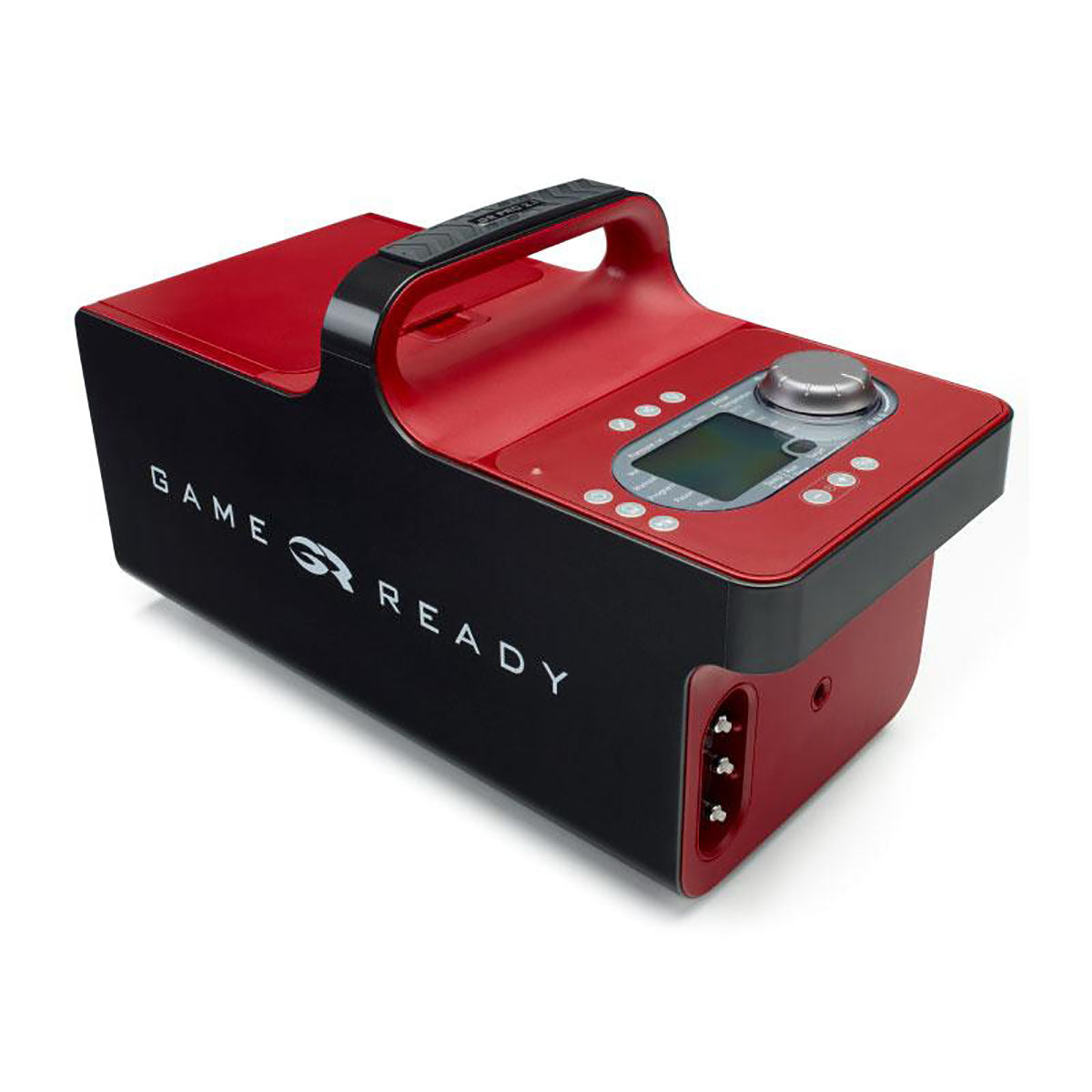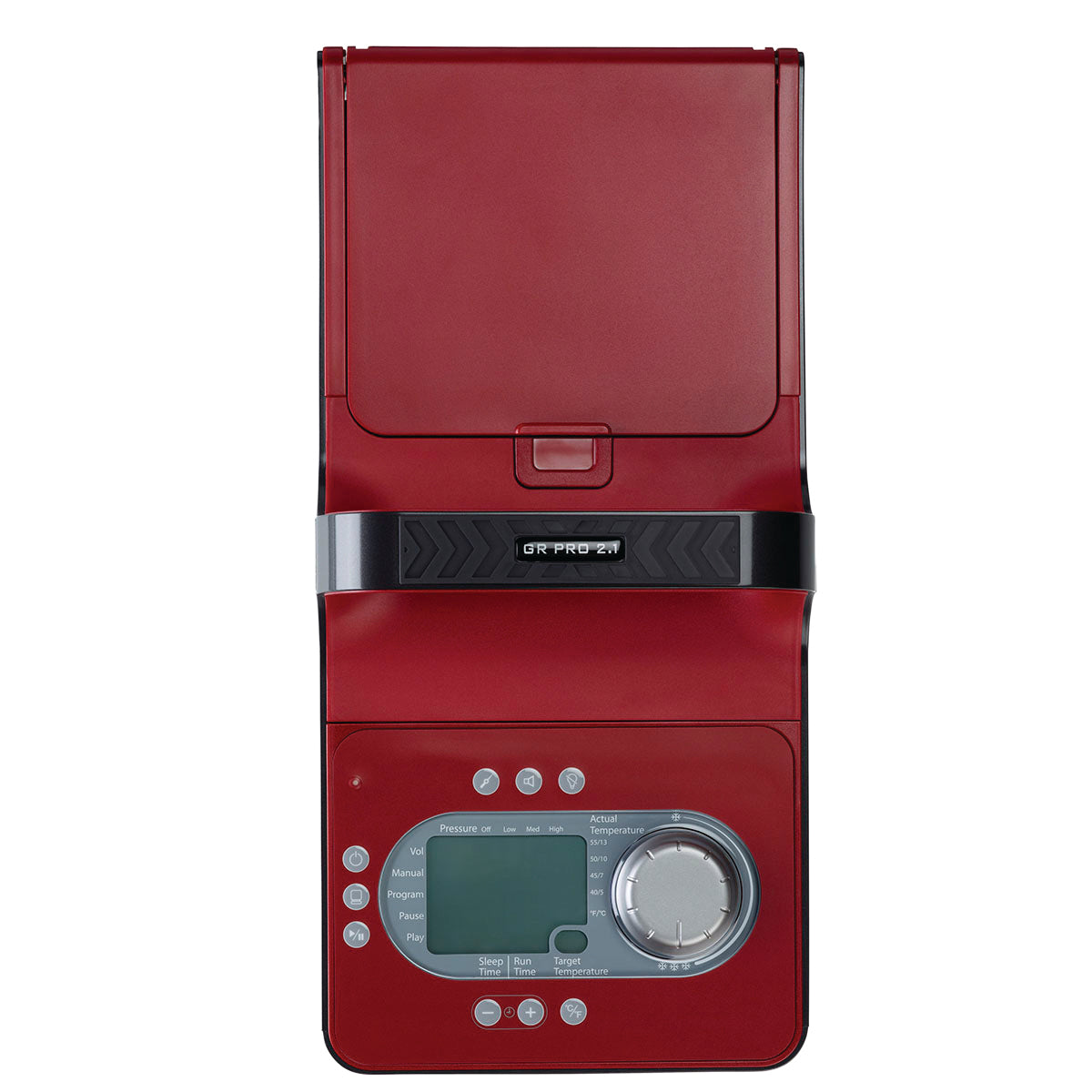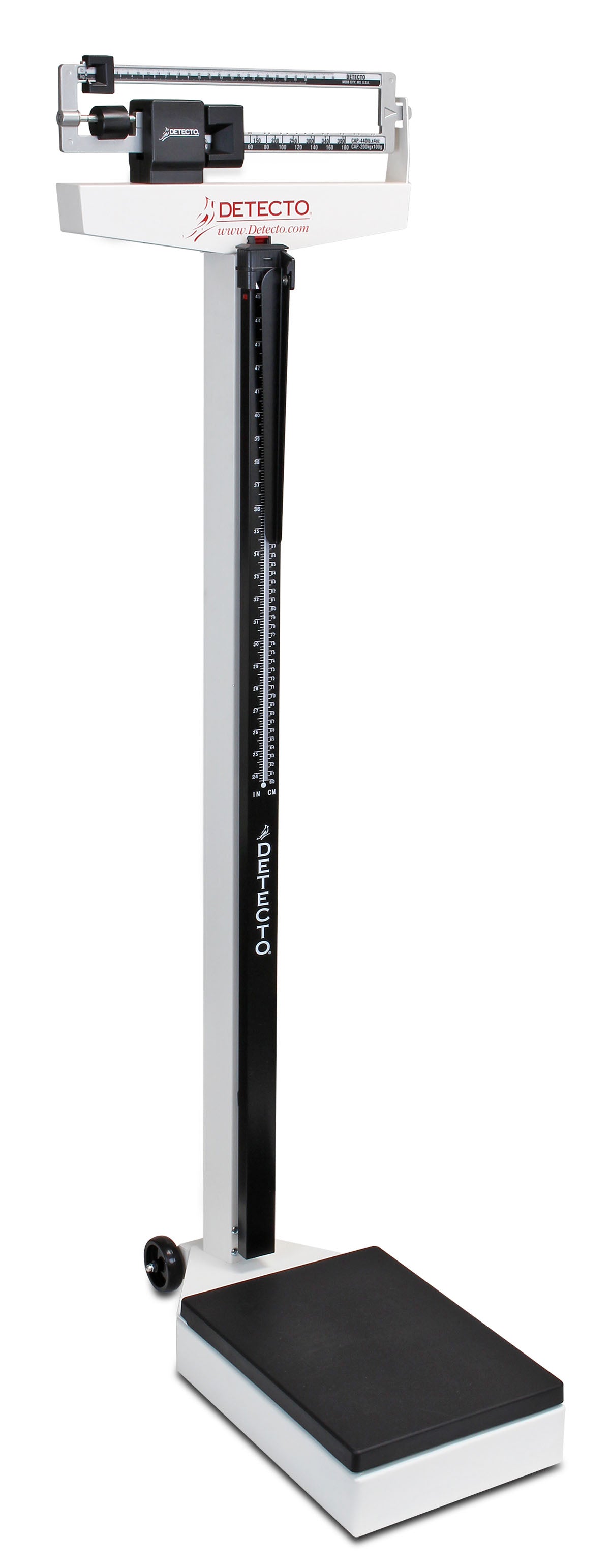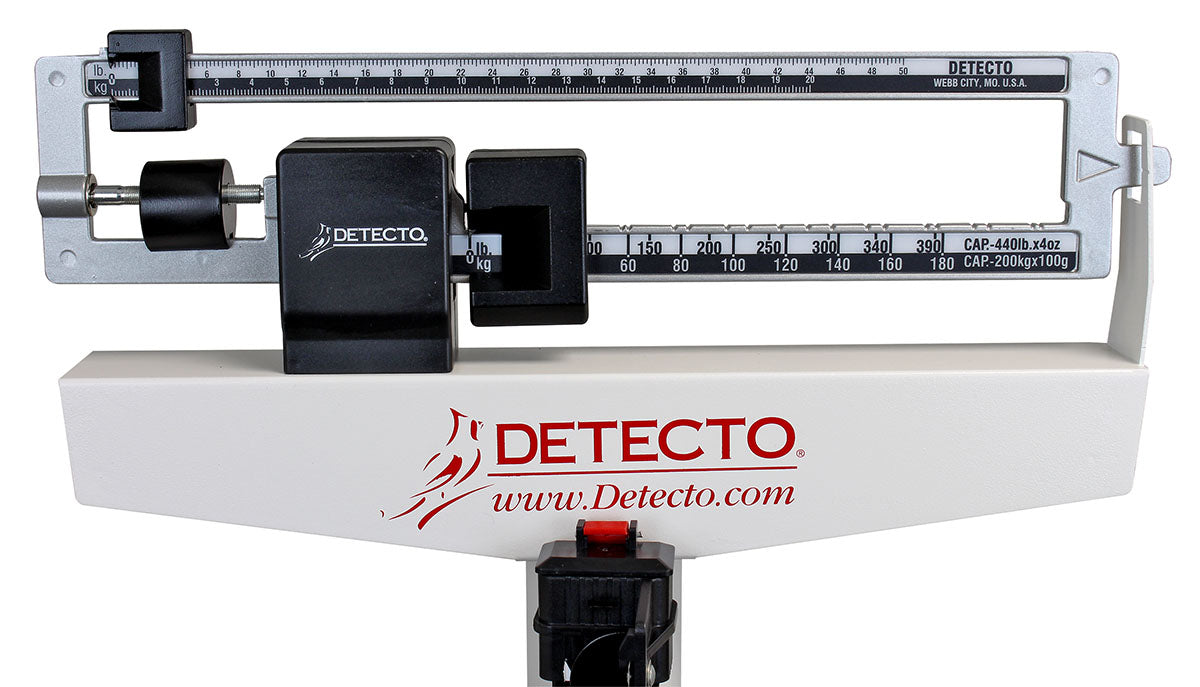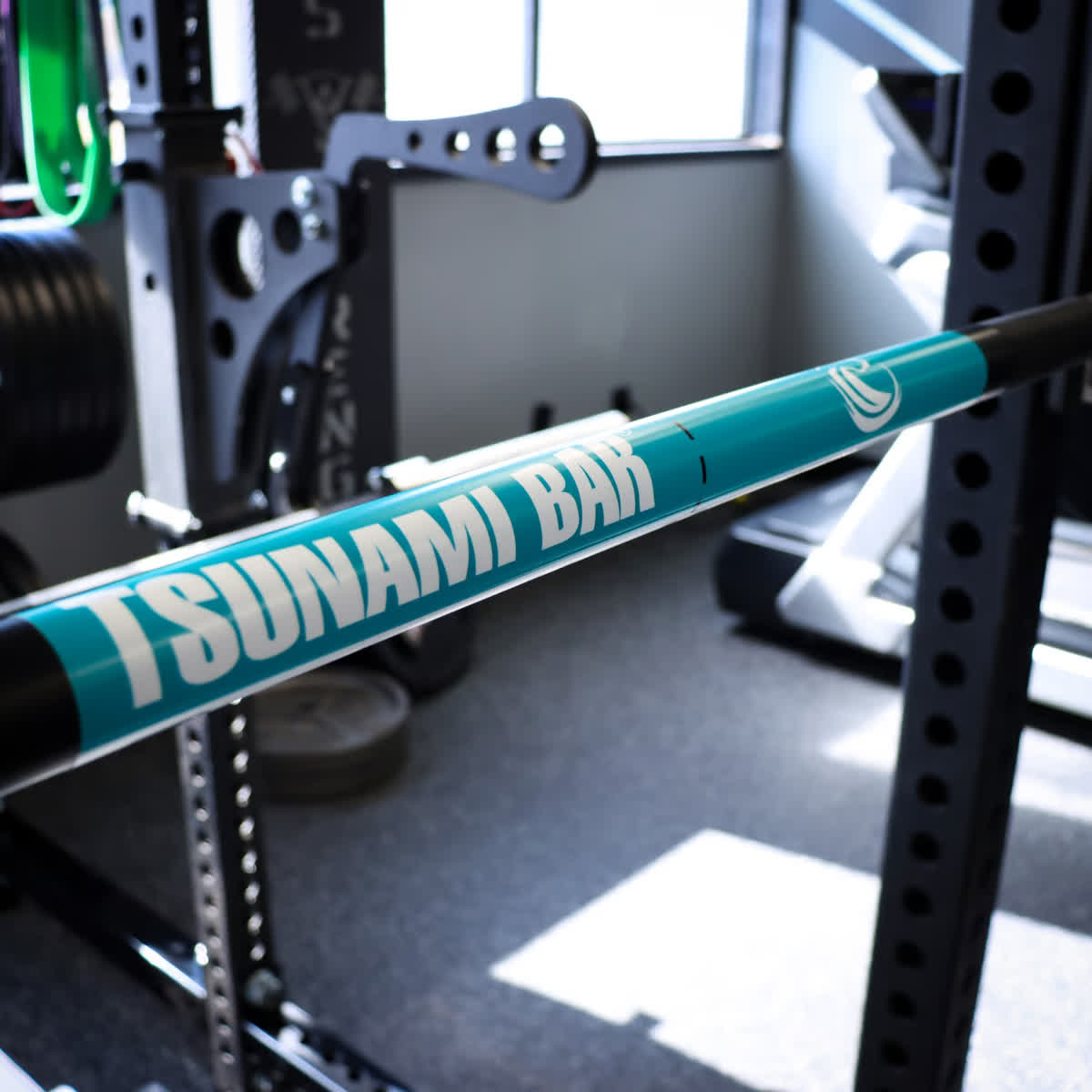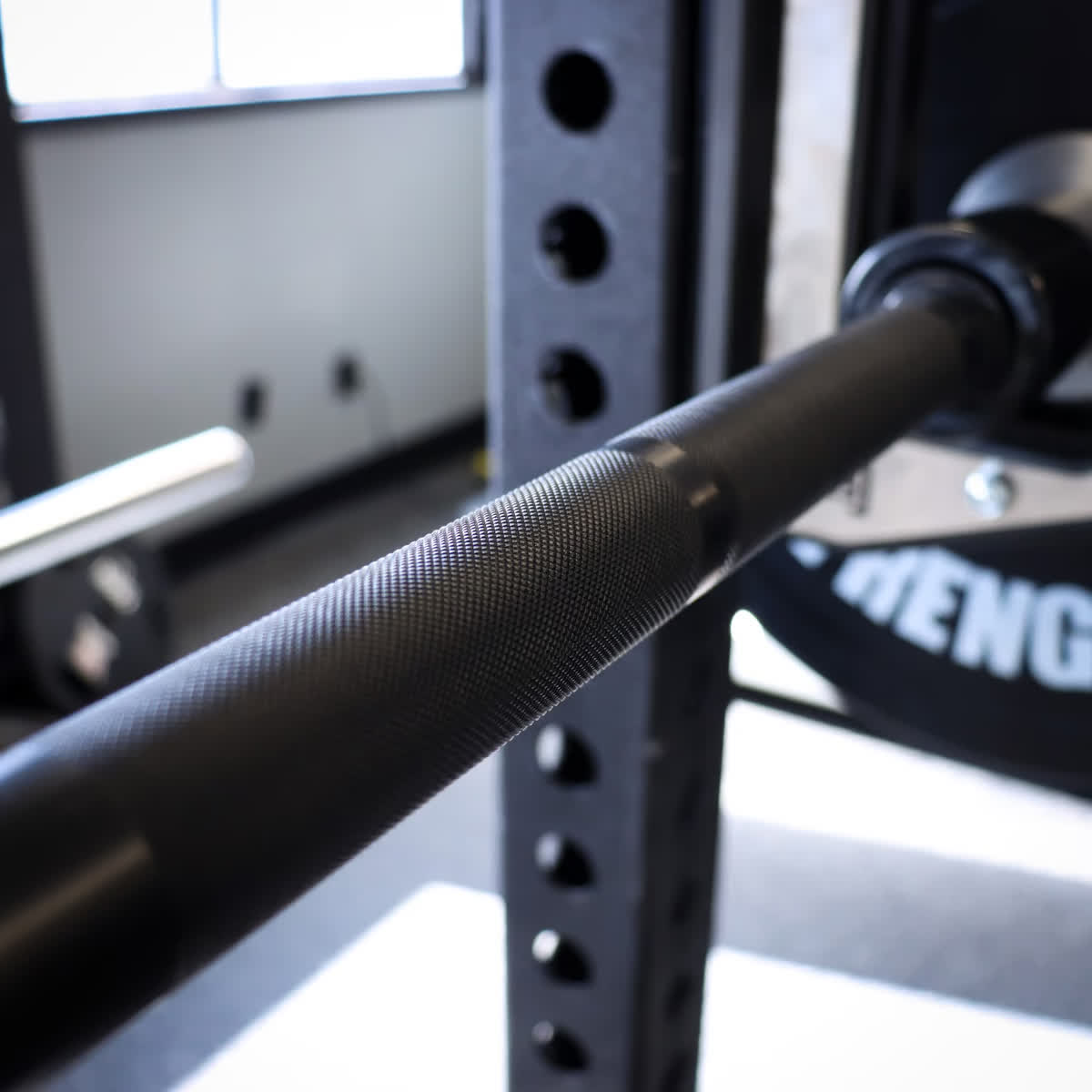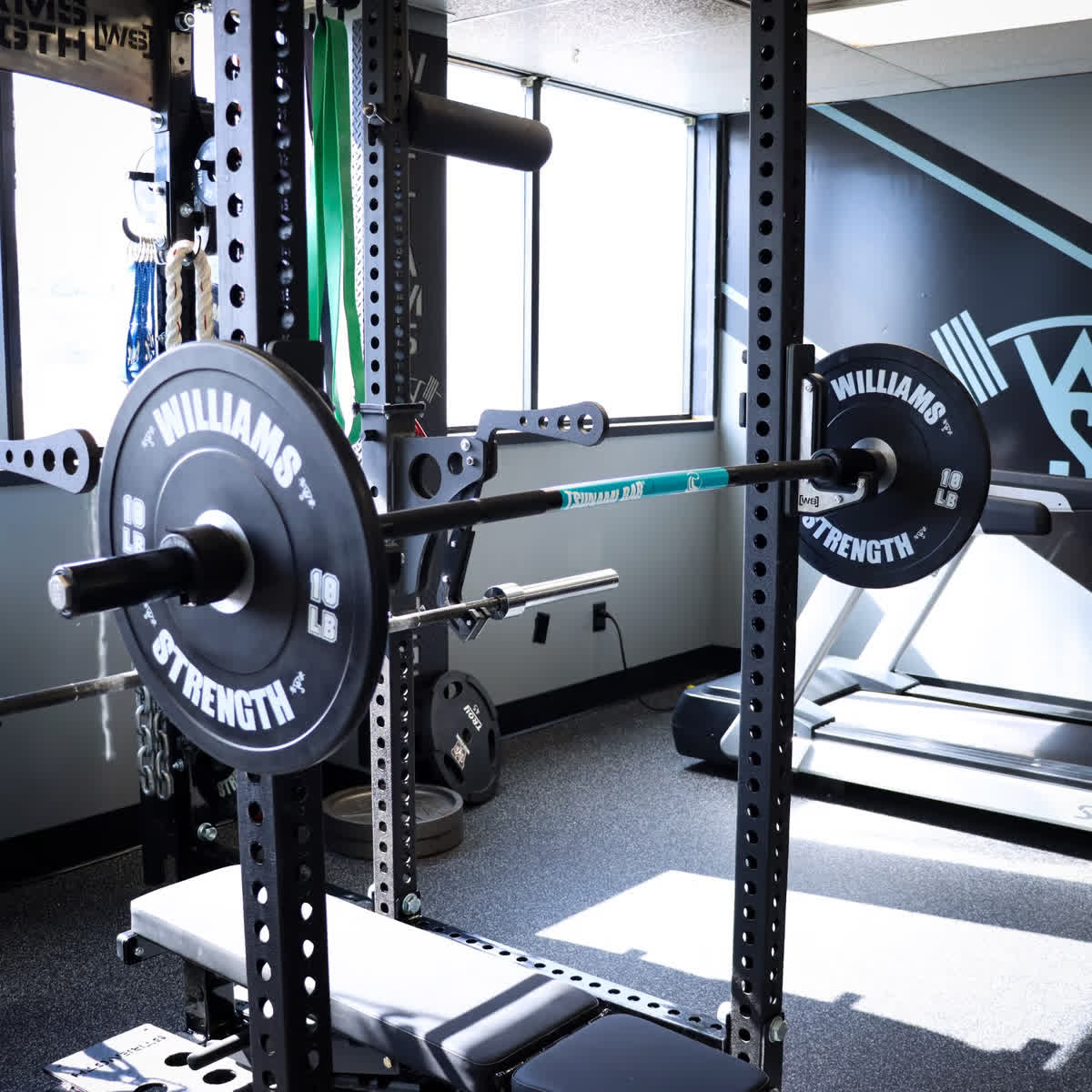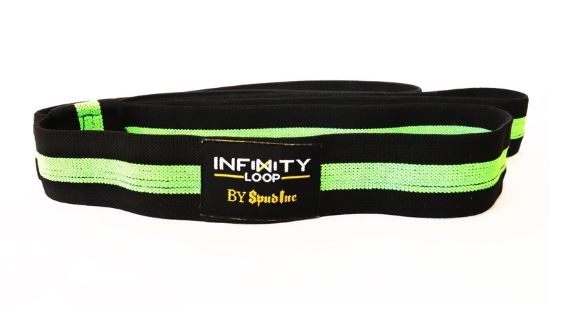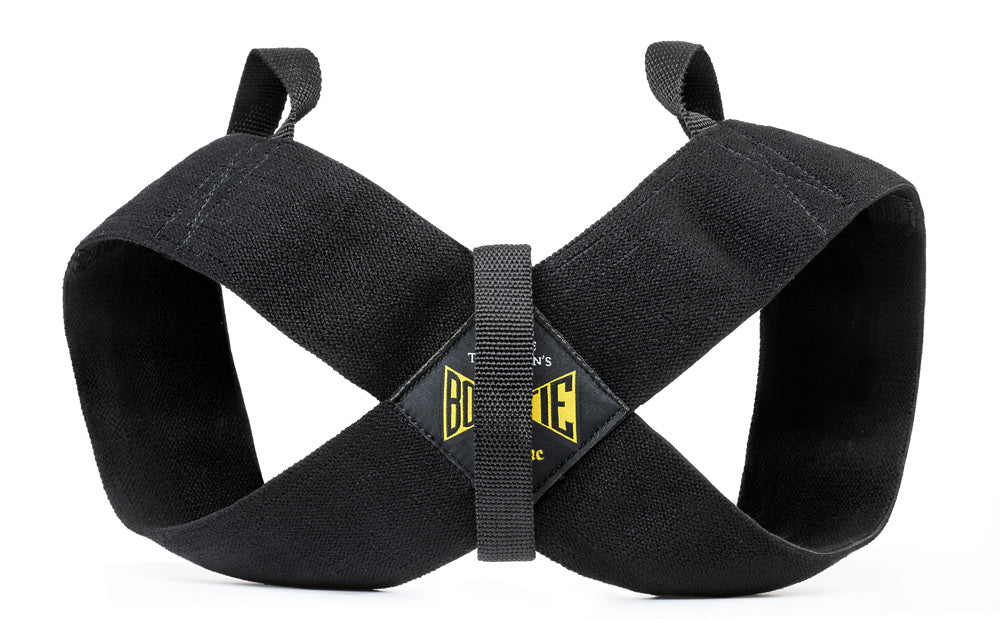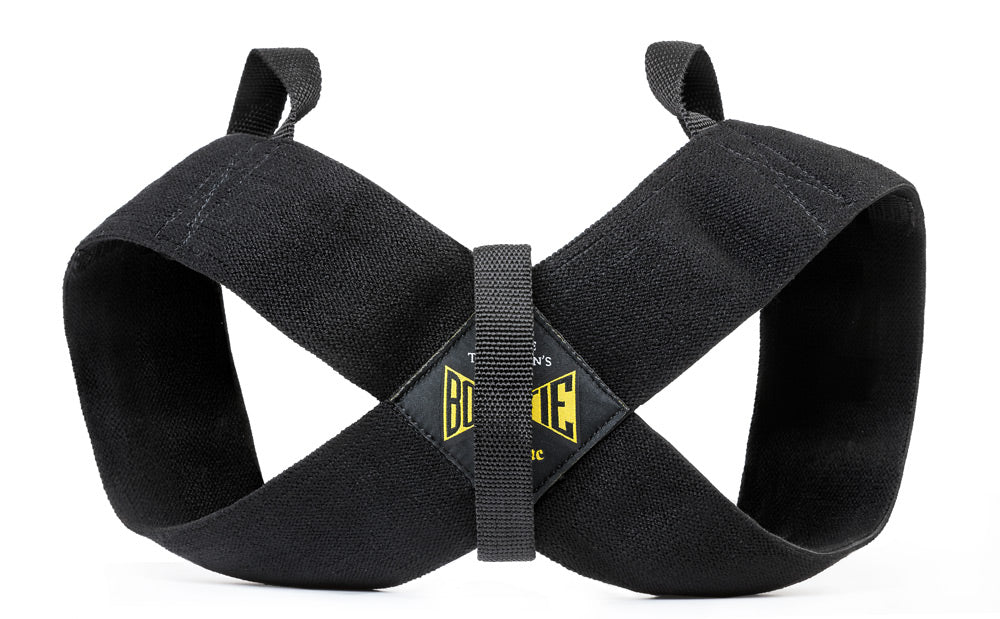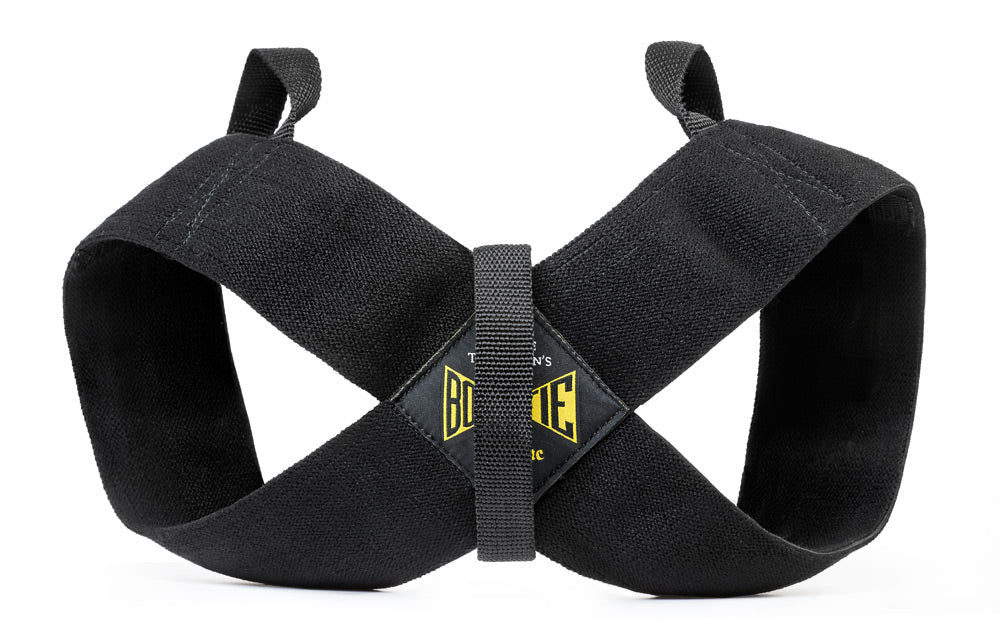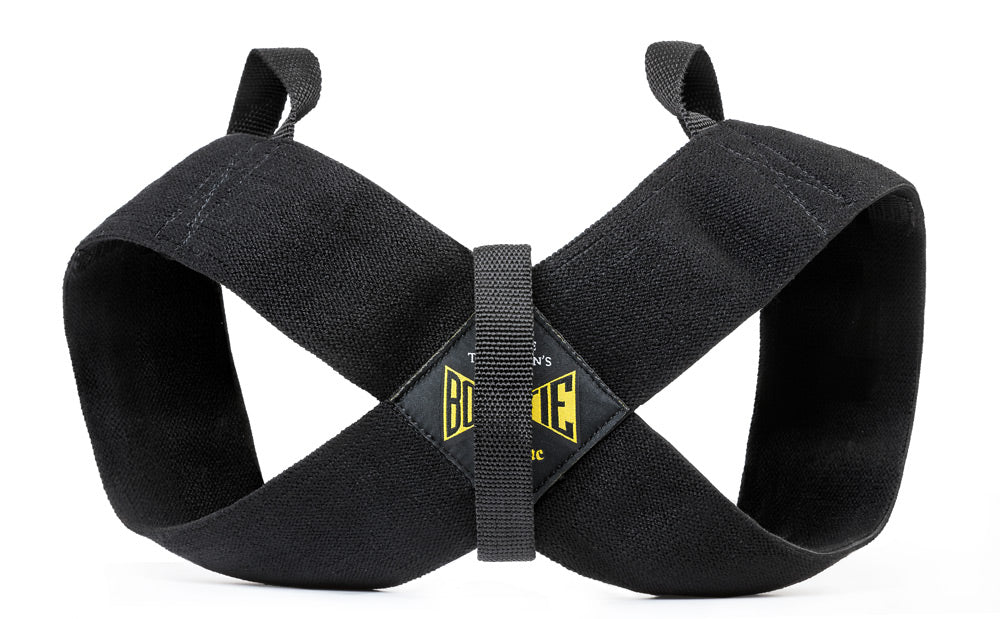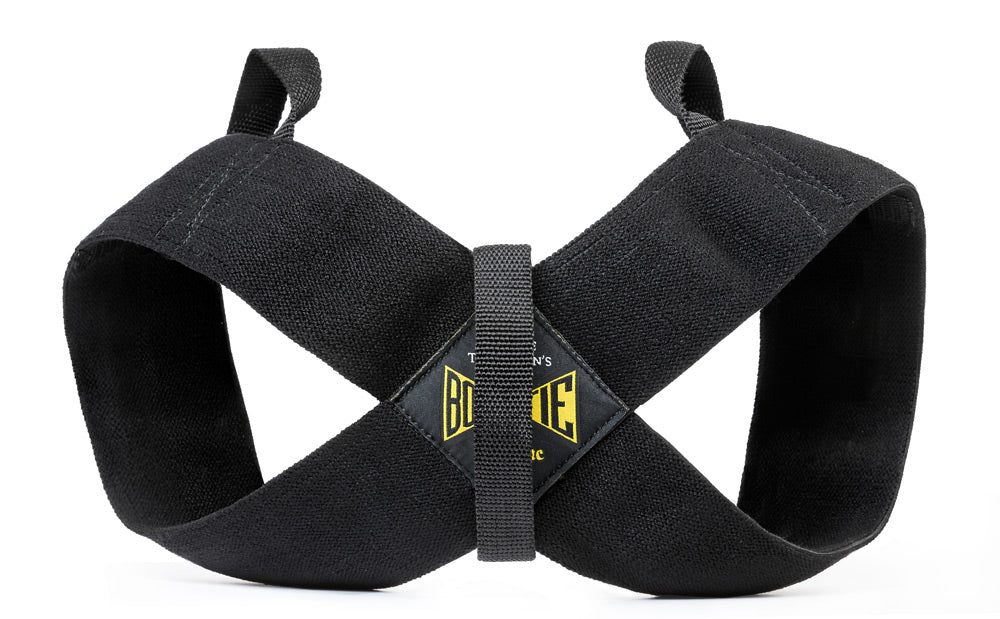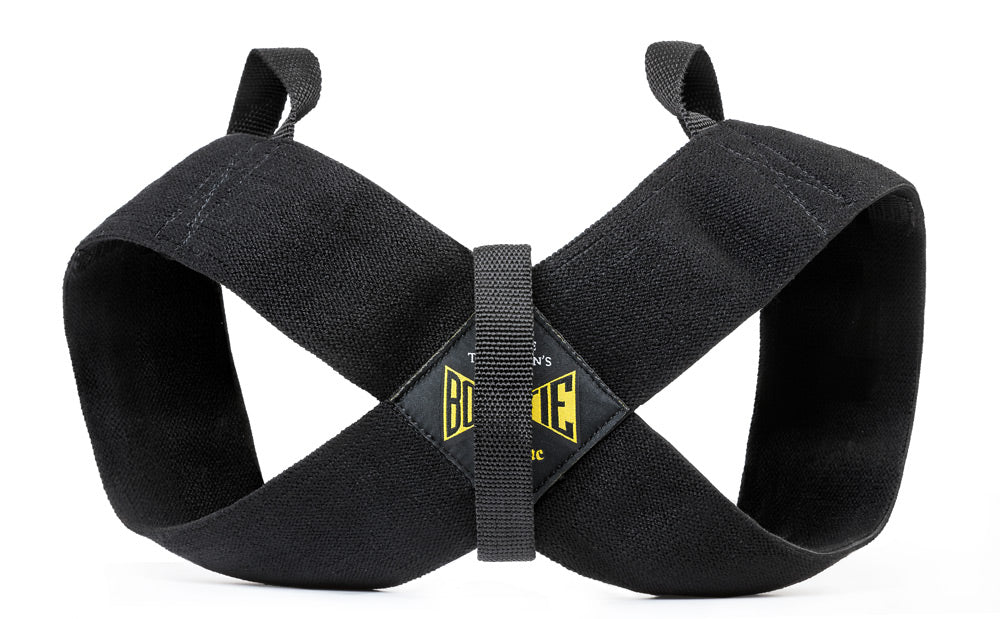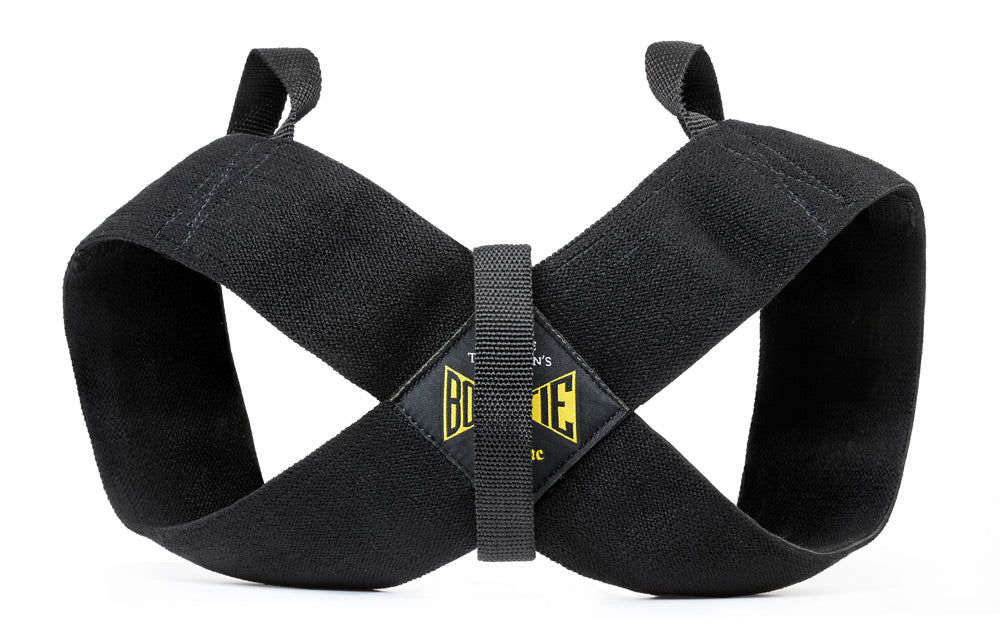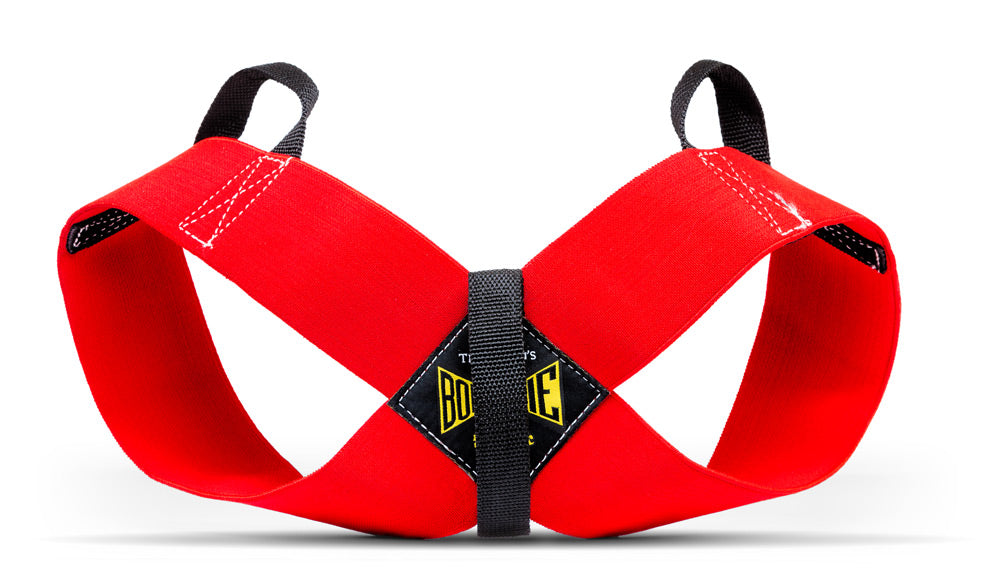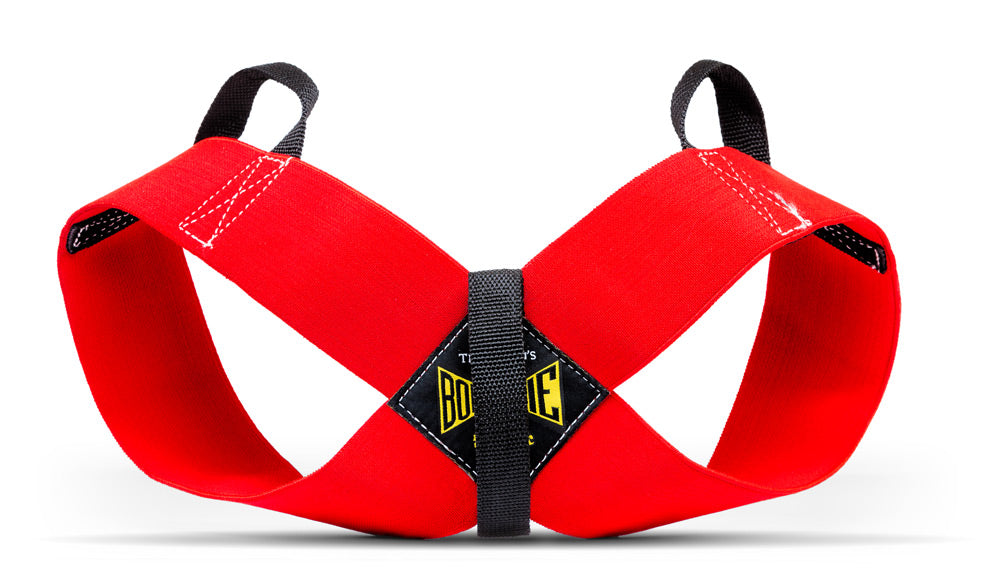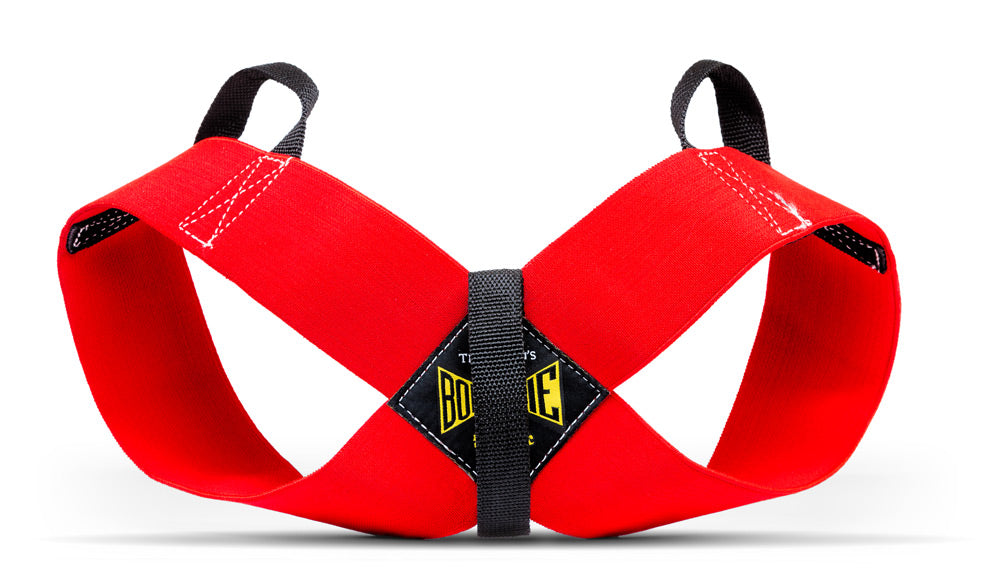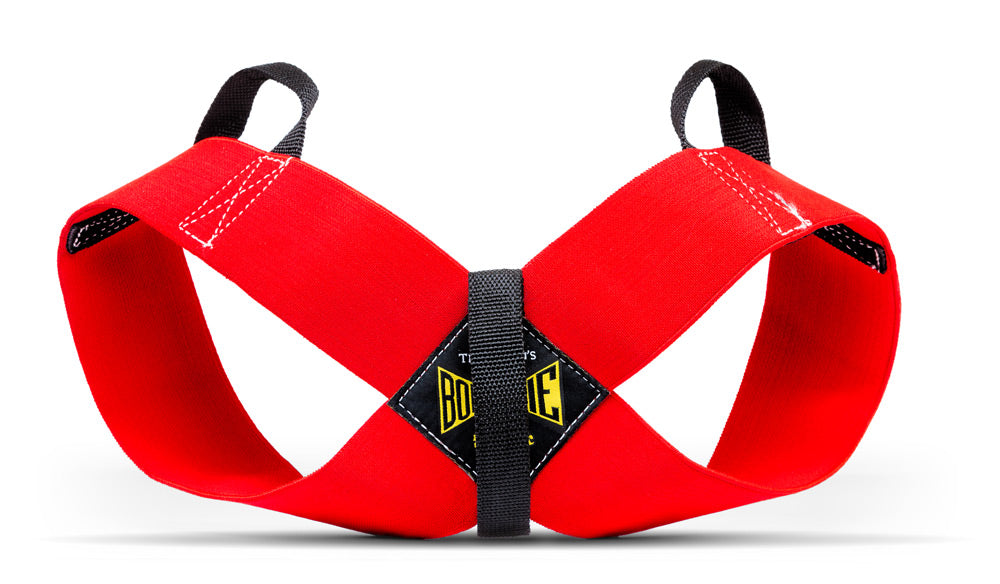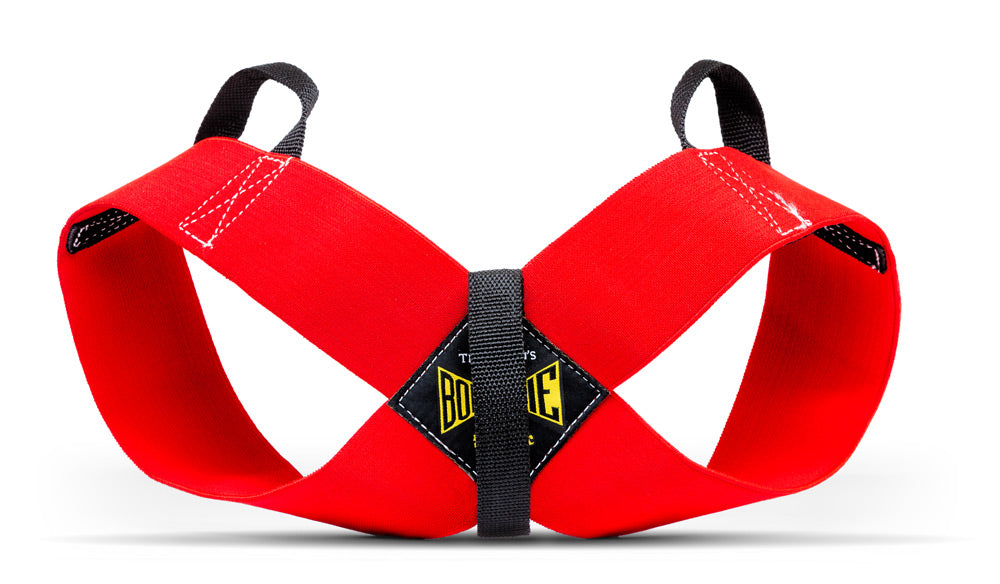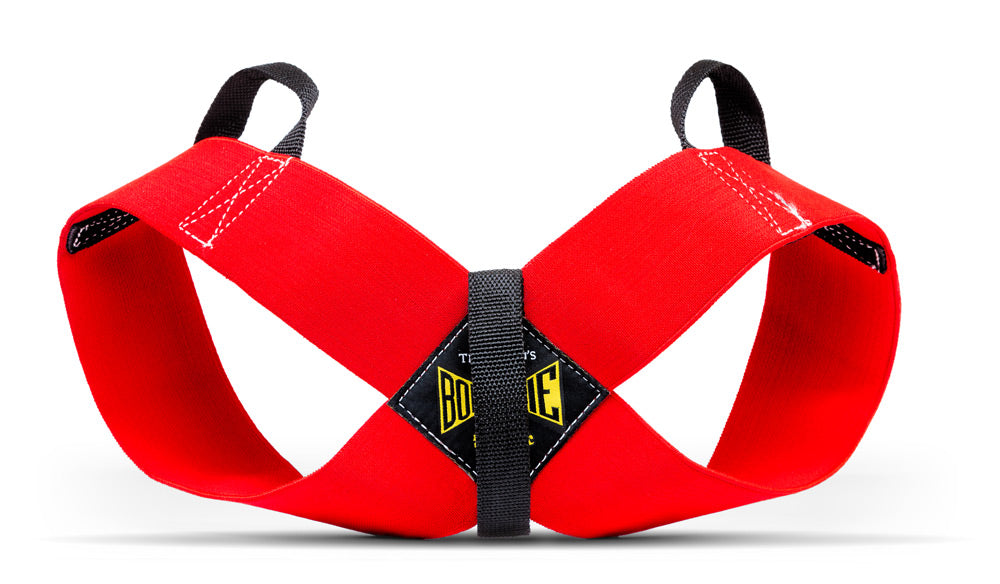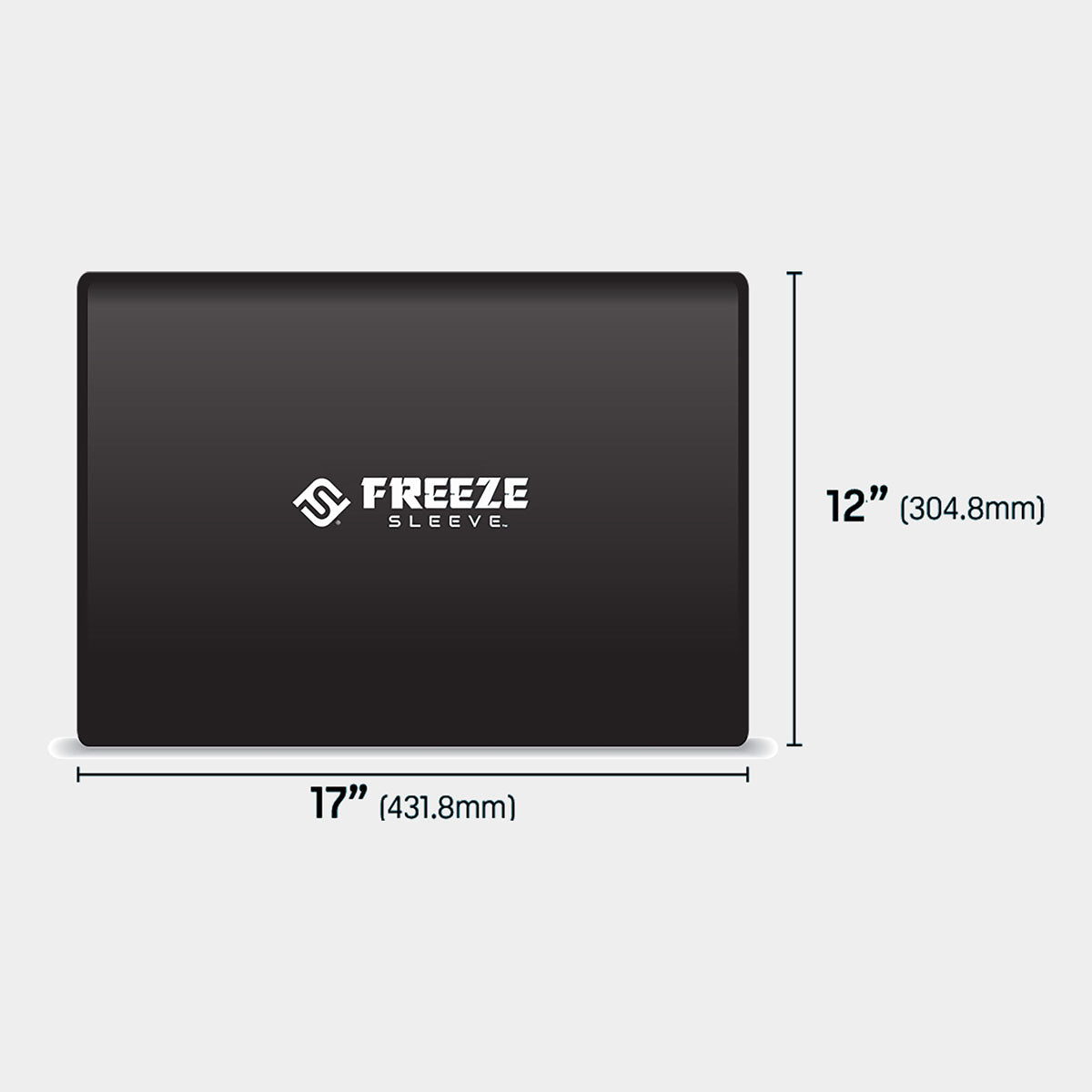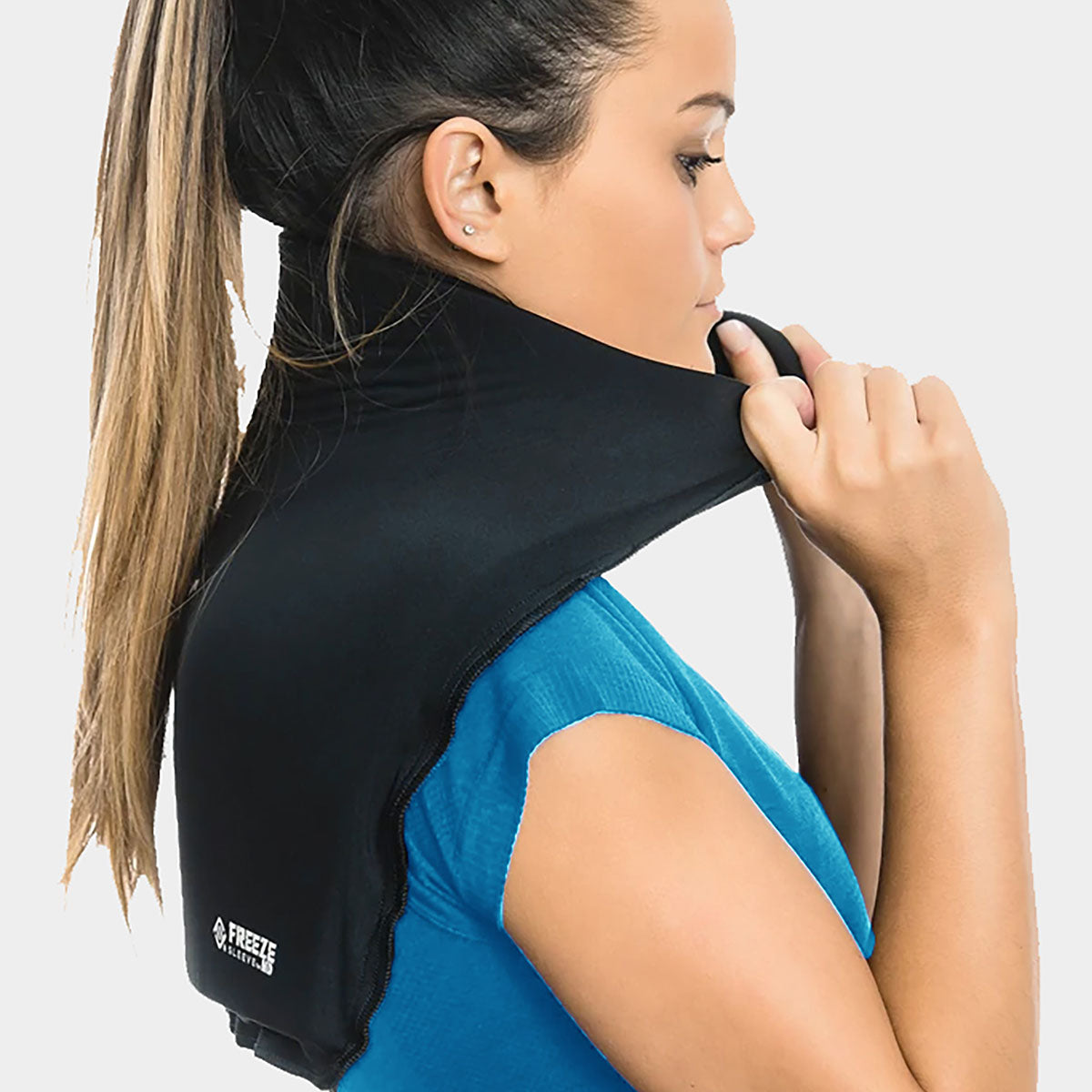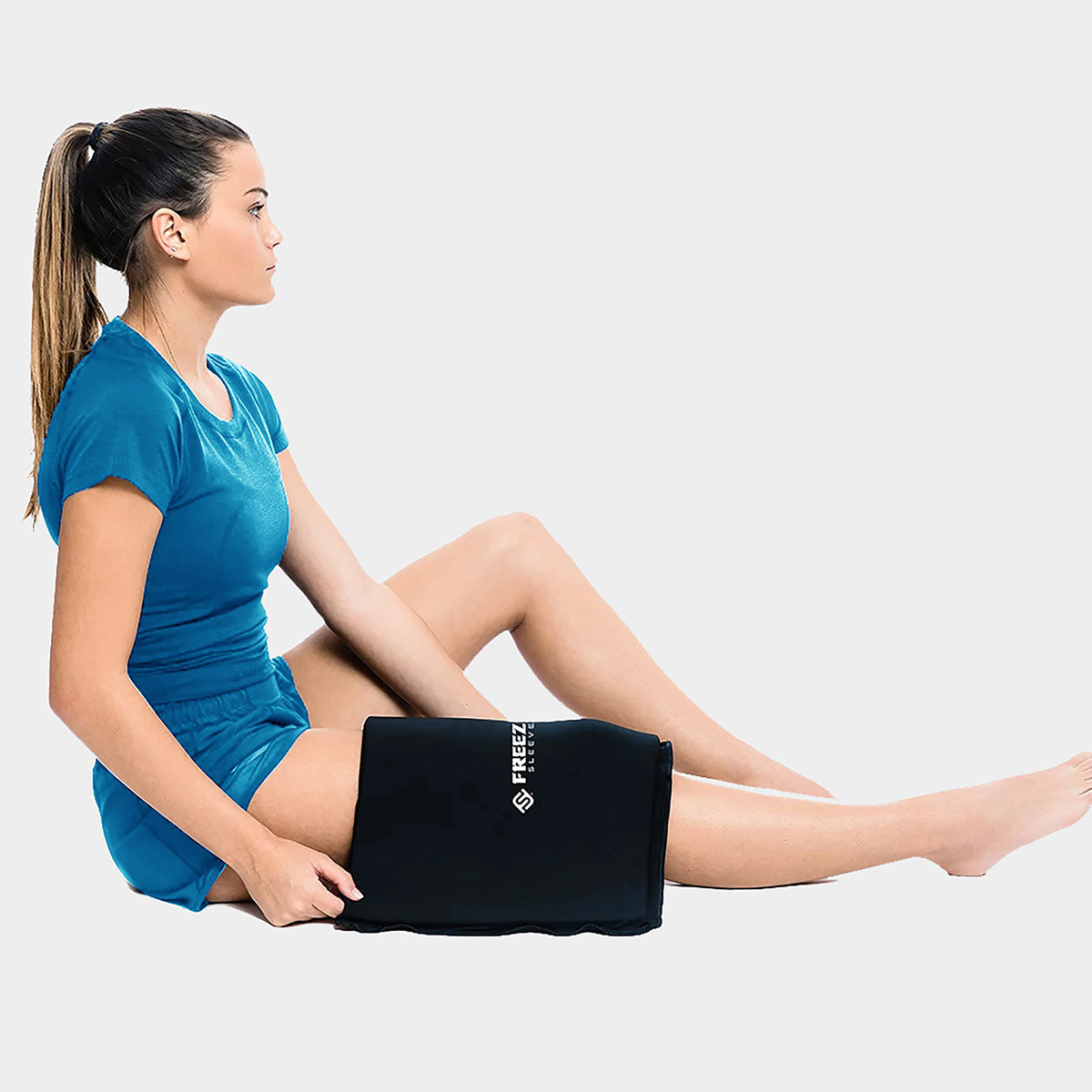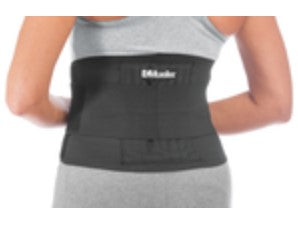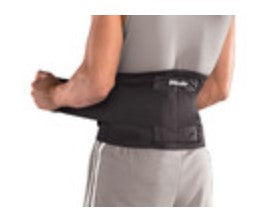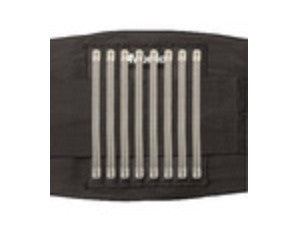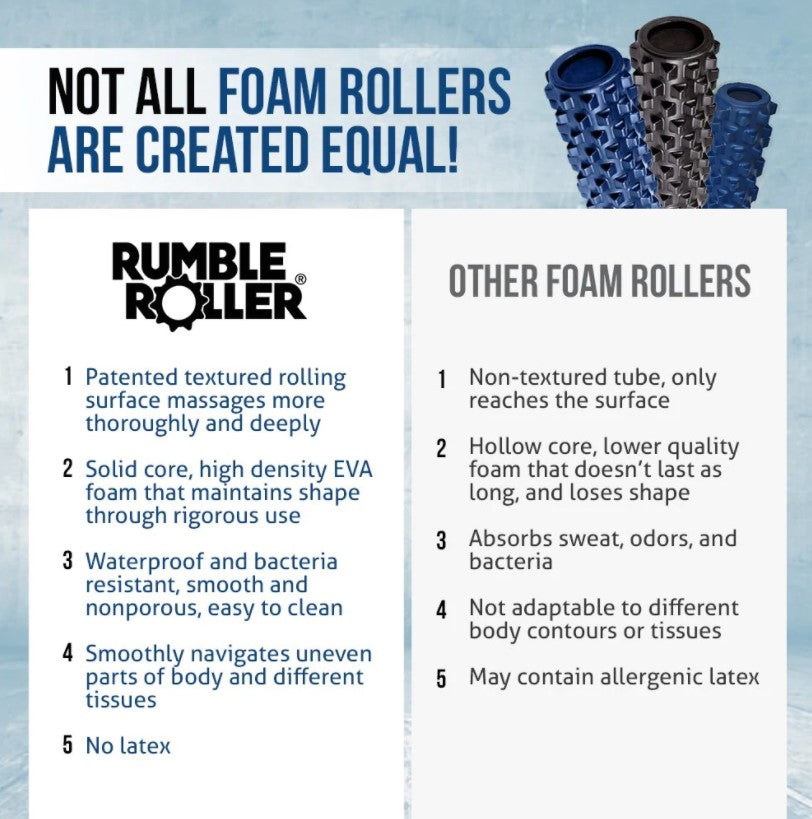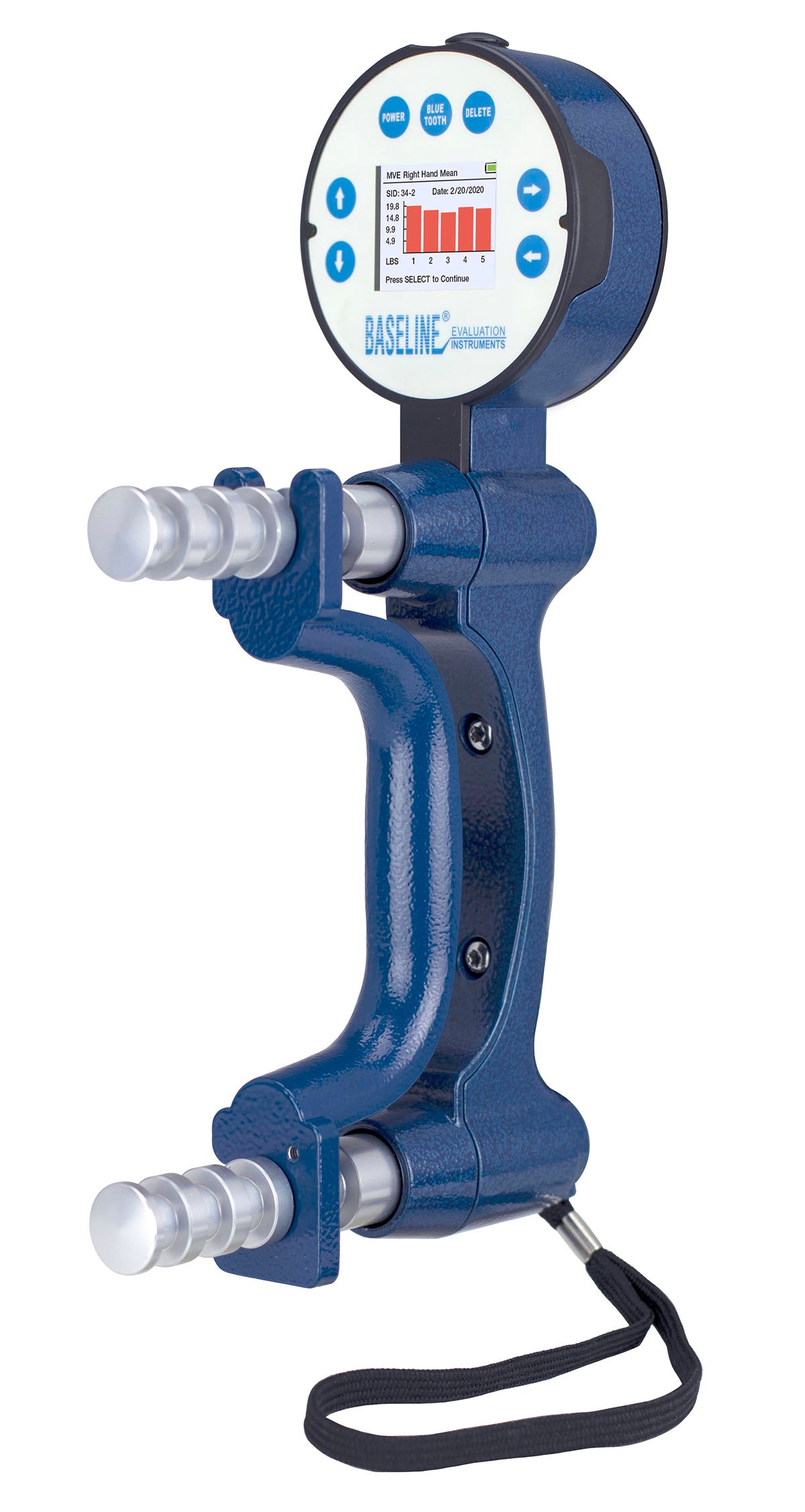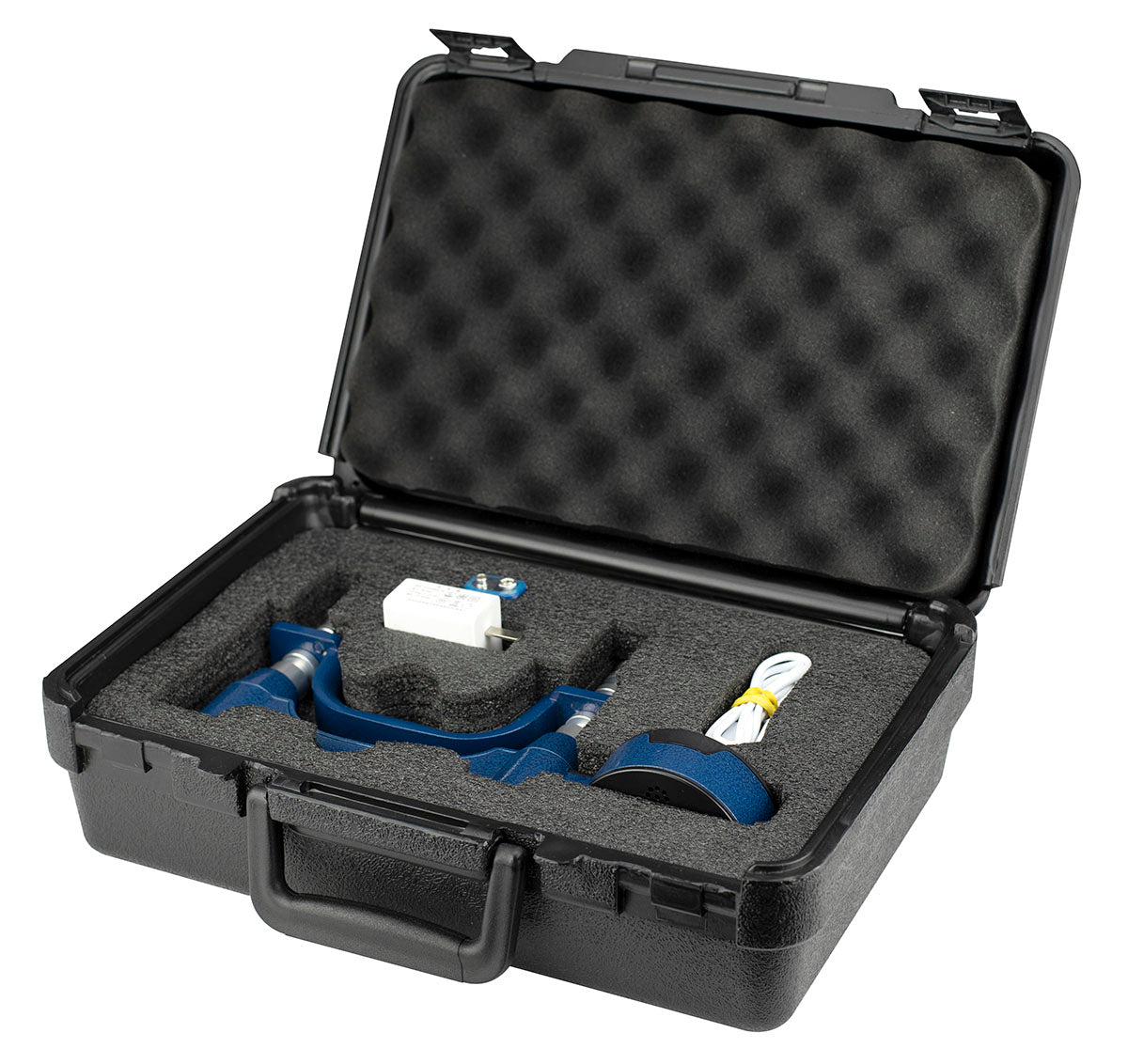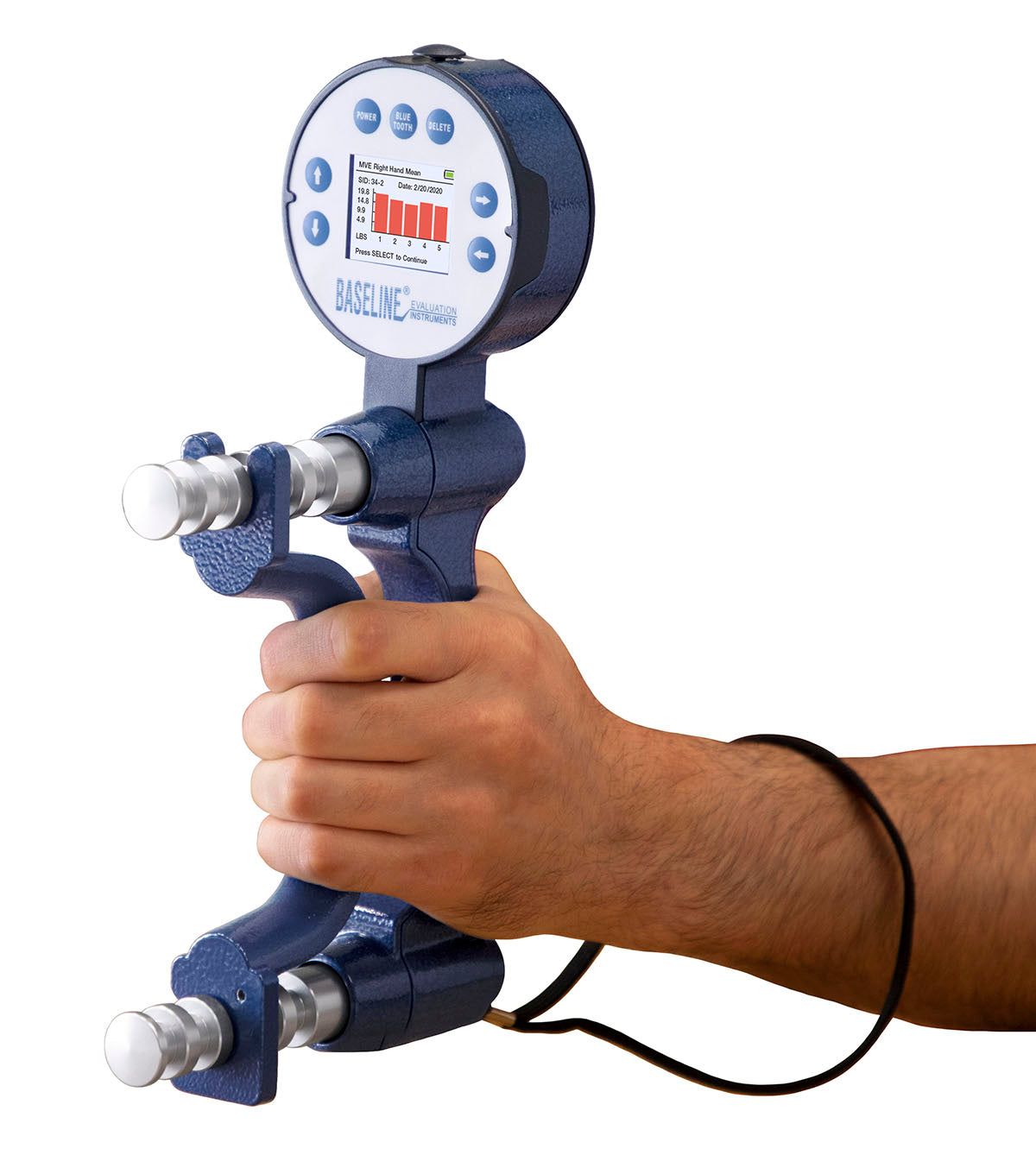“The aim of the wise is not to secure pleasure but to avoid pain.” —Aristotle
Over the last decade of training, I’ve had many people throw several different training “myths” out at me. Whether it was “lifting stunts your growth” or “eating too much protein shuts down your kidneys” or “too much strength will hurt your martial arts,” I’ve heard them all. Two myths I hear most often are regarding soreness and training.
People often think that if you’re not really sore after a workout, then you’ve done nothing. The sorer you are the better. People also believe that lactic acid is the cause for the soreness in the muscles a few days after training. I’m sure we have all experienced this post-training pain phenomenon, and some of you martial arts athletes out there probably even seek it out on a regular basis. However, have you ever stopped to consider what is really happening? Why is the pain present and what are the implications for your progress? Hopefully, I can shed some light on the topic and give you a different view on the often welcomed pain.
Recently, I was giving a lecture at the National Strength and Conditioning Association’s National Conference in Washington, DC. Before my speech, I got something to eat but realized there were no empty tables to sit. I saw a man sitting alone and asked if our group could quickly sit down because I was in a rush. After asking his name and what he was doing there, I found out that he was a top researcher presenting on the “Delayed Onset of Muscle Soreness (DOMS)” and the current things we do and don’t know about the process. This was great for me because I had met a new colleague and learned something new, and it kept me relaxed for my speech which was only moments away. The point here is that in some way, every person is your superior. If you ask the right questions and listen closely, you never know where you’re going to get better.
The man’s name was Dr. Declan Connelly. He told me we’ve known for a long time that lactic acid is a by-product of activity and not the cause of pain following exercise. What we don’t completely understand yet is what causes the DOMS that occurs anywhere from 1–5 days after training. The most current theory is that DOMS is actually caused by the inflammatory and regenerative response of the body as a result of the microscopic damage within the muscle fibers caused during training. He also told me that a damaged muscle can be tender, stiff, swollen, and up to 50 percent weaker until it’s healed. There are many athletes hospitalized and some who even die every year as a result of exertional rhabdomyolysis, or too much damage. He went on to state some important facts that have been inconclusive in many studies out there such as the reduction of DOMS symptoms using methods like anti-inflammatories, ice, warm-ups, nutrition, stretching, and massages.
I’ve found that DOMS doesn’t discriminate between a novice athlete and a professional one. If an athlete at any level begins a new program, new activity, new exercise, or new intensity, there can be a large amount of DOMS that comes along with it. Therefore, the key to controlling DOMS can be found in gradual progressive overload and training consistency. By progressing slowly and allowing for the adaptation to take place, soreness will be greatly decreased with future training at the same levels. Keeping this in mind, the modern martial artist can control soreness with proper planning and consistency.
The only way I’ve found to lessen DOMS in the practical setting is with consistent training. Before, if you didn’t have consistency in your training or if you took a number of months off between a fight or contest, the doctor would propose that you work out hard with an initial bout of exercise, recover for 1–2 weeks, and then begin the full training program. This initial workout bout would stimulate recovery. After the initial soreness was gone, there would be protection from future soreness after just that first workout. This was interesting because most fighters jump right back into training and push right through after the first workout. As a result, they can hurt performance, destroy the immune system, and promote possible injury. By not jumping back into training too aggressively, you can help ensure that this doesn’t happen.
Everyone has heard or at sometime used the phrase, “no pain, no gain.” An important point for martial artists to understand is that there is a difference between the pain of DOMS and the inevitable muscle pulls, strains, and contusions that occur during combat training. DOMS will subside naturally, and you can train through this soreness (as many of you probably have) without too much risk of further damaging the muscle. However, this is not the case for pulls and contusions. These need to be closely monitored and training may have to be held back until proper healing has occurred.
When my athletes are sore from a previous workout, I use “shuttle” workouts to help minimize additional damage and possibly assist in faster healing. These workouts shuttle blood to the sore areas of the body and increase circulation and muscle temperature without damaging the muscle with high eccentric tensions. Over the years, we’ve used these workouts often with great results. Even though after 3–7 days, soreness will naturally subside with just rest, this may not be practical in your training.
The shuttle workout allowed the fighters to feel that they weren’t taking the day off but were still getting in a workout. To accomplish this, we used the sled commonly used for heavy pulling movements to strengthen our legs, hearts, and minds. However, this time we used a lower friction surface and less weight. The magic behind the sled work is that it’s concentric contraction only. This means that you’re working the muscle by shortening it, not ripping it apart with lengthening tension.
Below is a list of our favorite exercises and how to perform them. As you’ll see, the sled is a very versatile tool, and there are endless exercises that you can create to help work around the pain. Each exercise can be performed for sets of 20 reps, or you can just cover a certain distance like we do such as 25 yards per set.
- Clean pull: The athlete faces the sled, pulls the straps toward the body, and raises the arms up overhead as the athlete stands and leans back.
- Bicep/chest press: The athlete faces away from the sled and first curls the weight forward. Then the arms are raised up and pressed out in front of the body.
- Swim stroke: The athlete faces the sled and starts with the body bent in half and the arms overhead. Then the athlete “swims” the arms past the body and up and back.
- Bicep/upper back fly: The athlete faces the sled and starts with a bicep curl. This is then turned into an external rotation at the shoulder as the hands are brought up with the palms turned to the back.
- Core rotation: The athlete faces sideways to the sled and starts with the feet pointed slightly forward but with the arms reaching back toward the sled. Then the athlete keeps the foot position but twists the arms and torso to move the sled.
- Triceps: The athlete faces away from the sled with the triceps stretched. The athlete then presses the hands forward, pulls the sled, and repeats.
Elite Fitness Systems strives to be a recognized leader in the strength training industry by providing the highest quality strength training products and services while providing the highest level of customer service in the industry. For the best training equipment, information, and accessories visit us at www.EliteFTS.com












